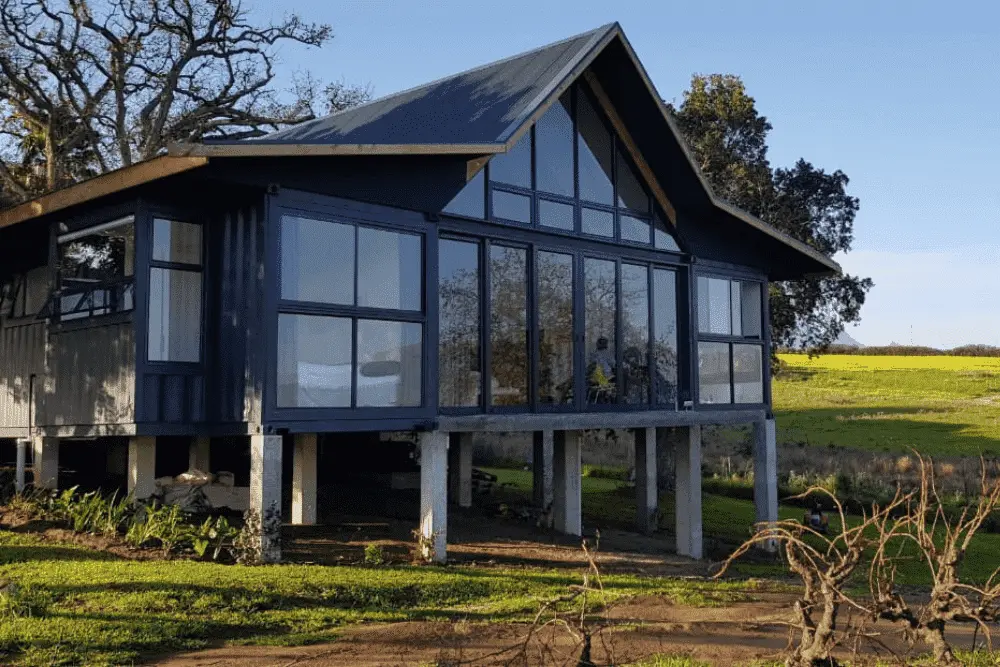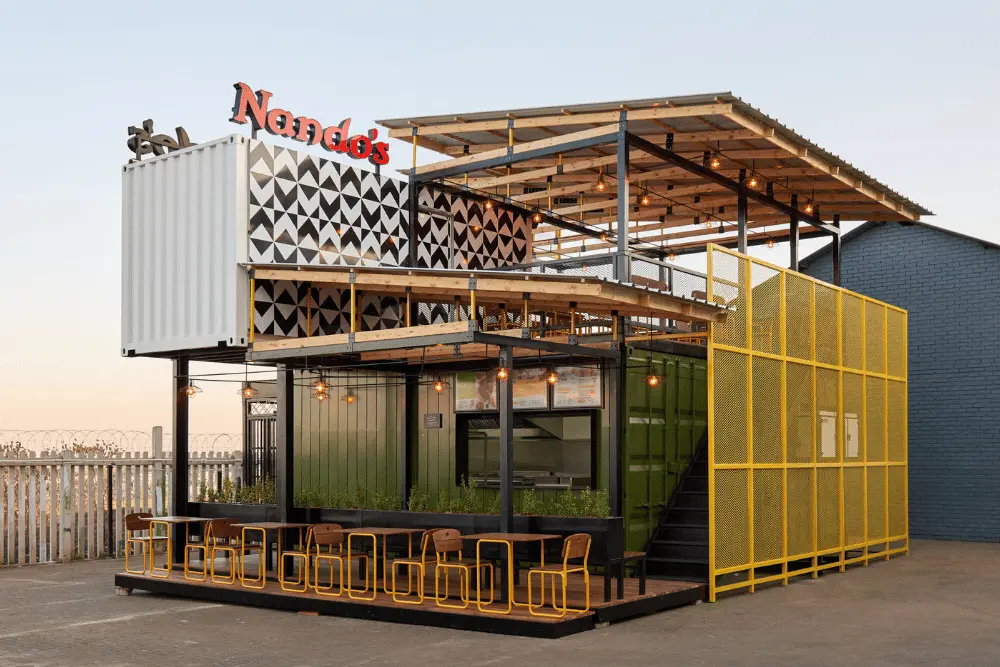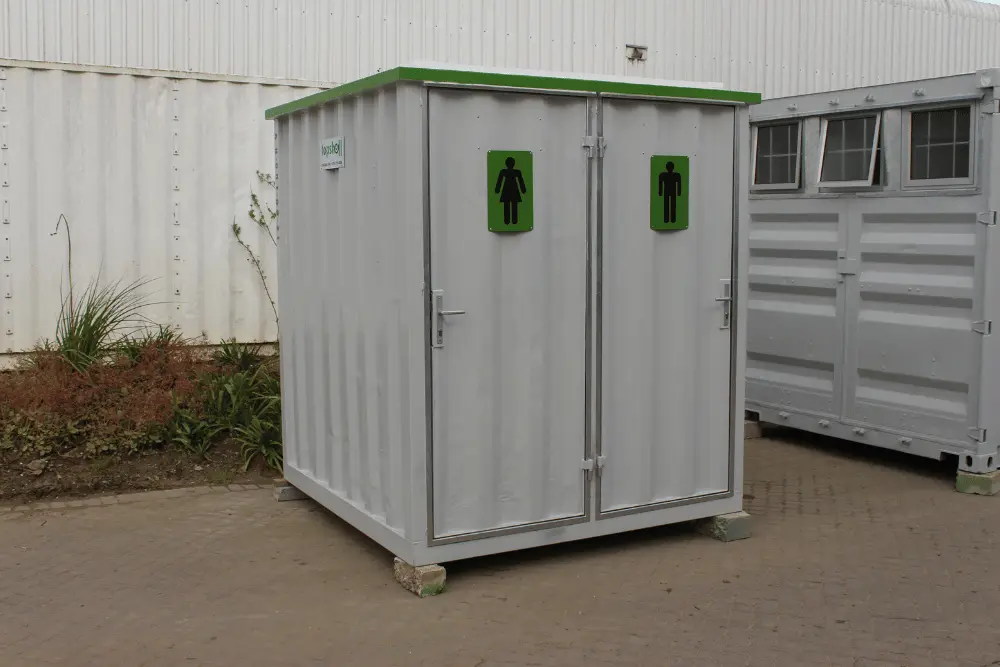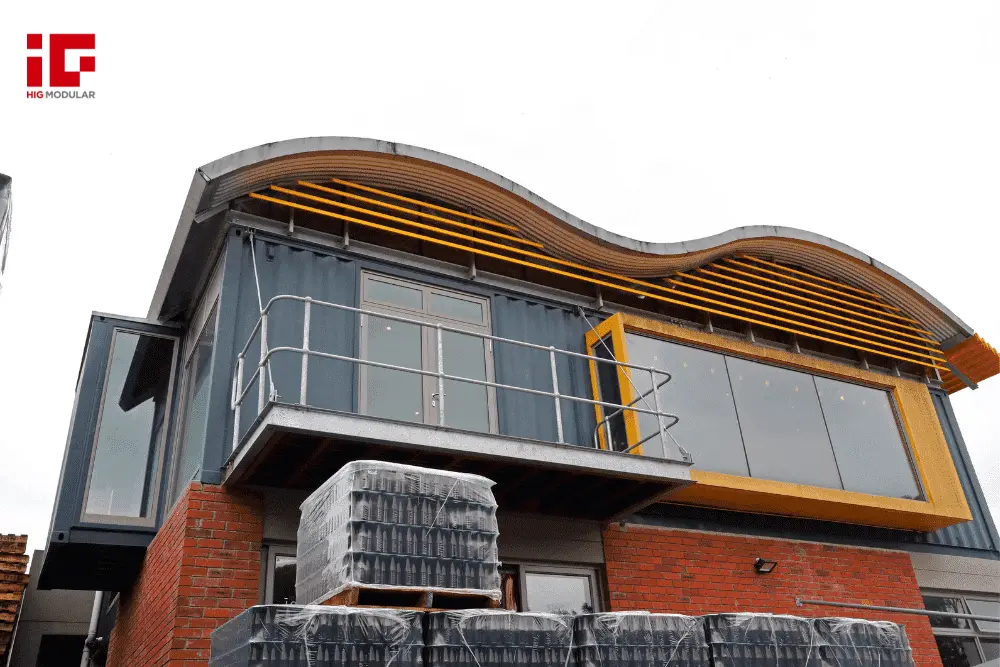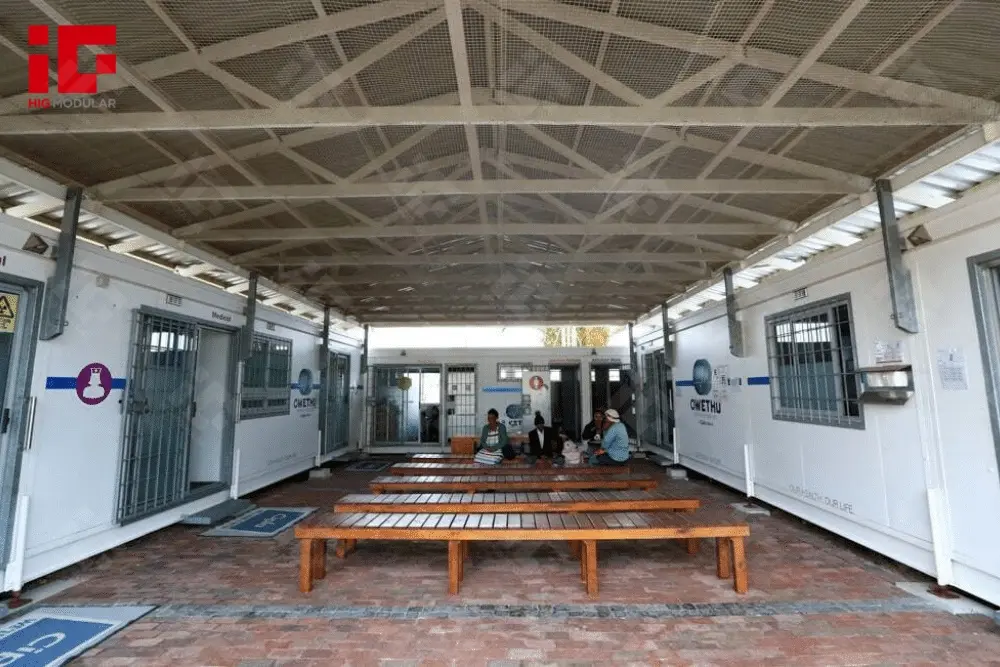News Categories
Featured News
0102030405
Container Shops: Revolutionizing Retail with Mobility and Efficiency
2025-07-01
The retail industry is experiencing a profound transformation, driven by shifting consumer expectations, economic volatility, and a growing hunger for innovation. At the forefront of this change are Container Shops—repurposed shipping containers that are redefining how businesses approach space, location, and growth. More than just a cost-saving measure, these modular structures offer a blend of agility, sustainability, and versatility that traditional brick-and-mortar stores struggle to match.
Speed and Agility: From Concept to Customer in Weeks
In a market where “speed to market” can determine success, container shops deliver unmatched efficiency. Unlike conventional construction, which can take 6–12 months to complete, a container shop can be designed, fabricated, and operational in as little as 4–8 weeks. Prefabrication occurs off-site, with electrical, plumbing, and interior finishes installed before the unit is delivered. This allows brands to test new markets, launch pop-up campaigns, or capitalize on seasonal demand with unprecedented speed.

For example, a trendy coffee chain might deploy a container shop near a music festival to capture foot traffic, then relocate it to a bustling downtown corridor once the event ends. Startups benefit too: instead of waiting months for a lease and construction, they can launch a store in weeks, reducing upfront risk.
Mobility: Unlocking Geographic Freedom
The defining feature of container shops is their mobility. By integrating modular lifting systems or wheeled platforms, these units transform into mobile stores that adapt to shifting consumer patterns. A beachside container shop selling swimwear in summer can relocate to a ski resort in winter. Urban retailers can target high-traffic areas during peak hours (e.g., a financial district at lunchtime) or events (e.g., a holiday market), then move to quieter locations for lower overhead.
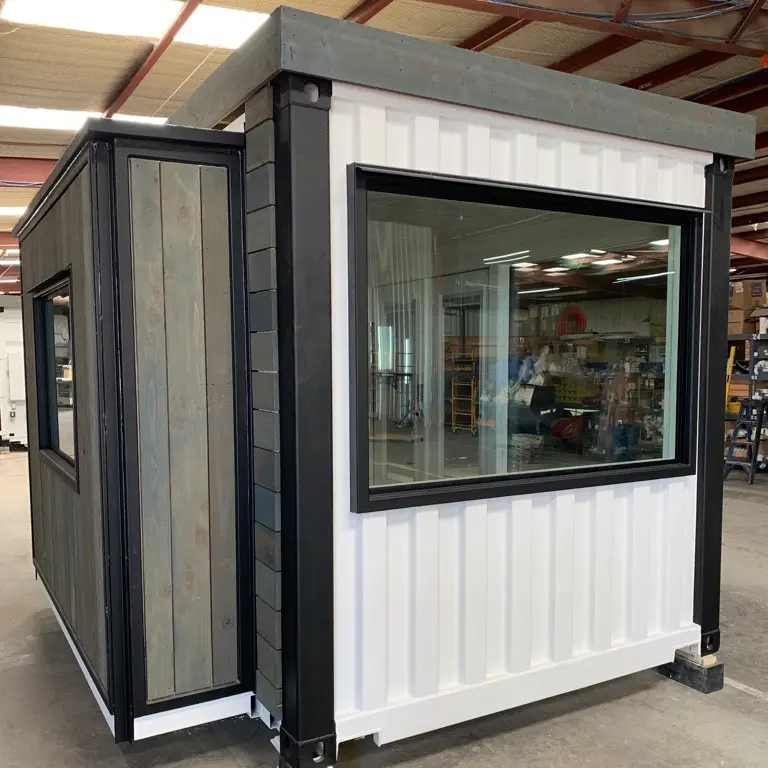
This flexibility also empowers communities. Container shops can serve as temporary amenities in developing neighborhoods, during public gatherings, or even as disaster relief hubs—fostering economic activity without permanent infrastructure.
Cost Efficiency: More Than Just Savings
Container shops are inherently cost-effective. The upfront investment in a repurposed container is 30–50% less than building a traditional store. Operational costs are further reduced by:
- Energy efficiency: Compact designs require less heating, cooling, and lighting.
- Flexible leases: Brands avoid long-term commitments, redirecting savings to innovation or marketing.
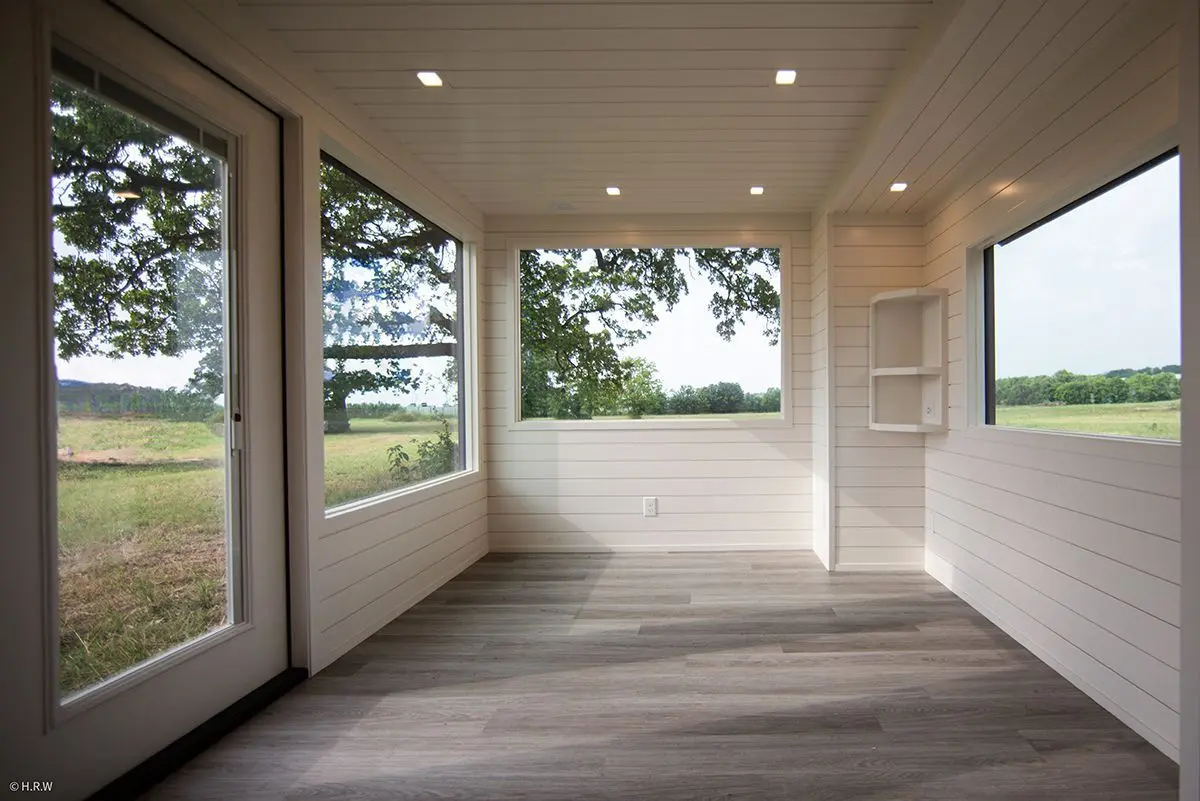
Even luxury brands embrace this model. A high-end fashion label might use a container shop for an exclusive pop-up event—generating buzz without the expense of a permanent flagship.
Sustainability: A Greener Bottom Line
Sustainability is no longer optional—it’s a business imperative. Container shops address this by repurposing discarded shipping containers, which would otherwise end up in landfills. Each reused container saves ~1.5 tons of steel from waste. Modern designs go further, integrating:
- Solar panels and rainwater harvesting systems.
- Energy-efficient insulation and LED lighting.
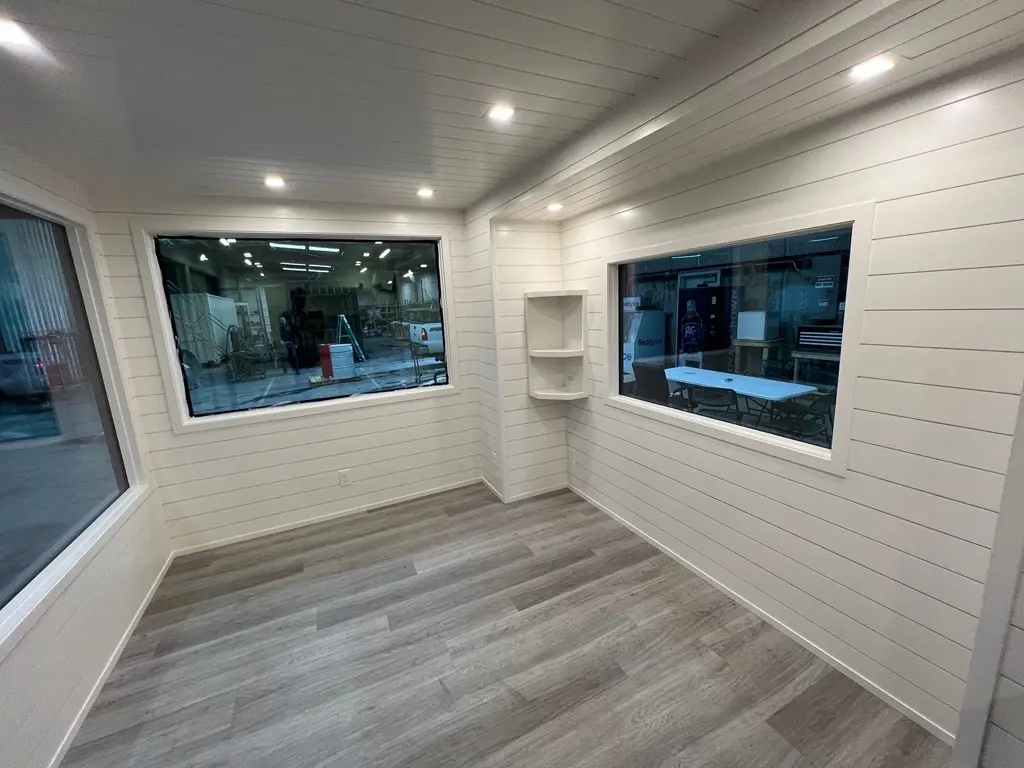
A 2024 Nielsen survey found 73% of Gen Z shoppers prioritize brands with strong environmental credentials. Container shops align perfectly with this values-driven consumer base.
Future Trends: What’s Next for Container Shops?
The evolution of container shops is just beginning. Here’s what to watch:
Urban Integration
Cities like Tokyo and New York are piloting container-based developments to activate underutilized lots. Expect container shops to become micro-retail hubs, community kiosks, or even co-working spaces—filling gaps in dense urban environments.
Smart Retail
IoT sensors, AR displays, and cashless payment systems will turn container shops into connected hubs. Imagine:
- A clothing store where AR mirrors suggest outfits.
- A grocery shop that auto-replenishes based on real-time sales data.
Cross-Industry Adoption
Beyond retail, container shops will expand into:
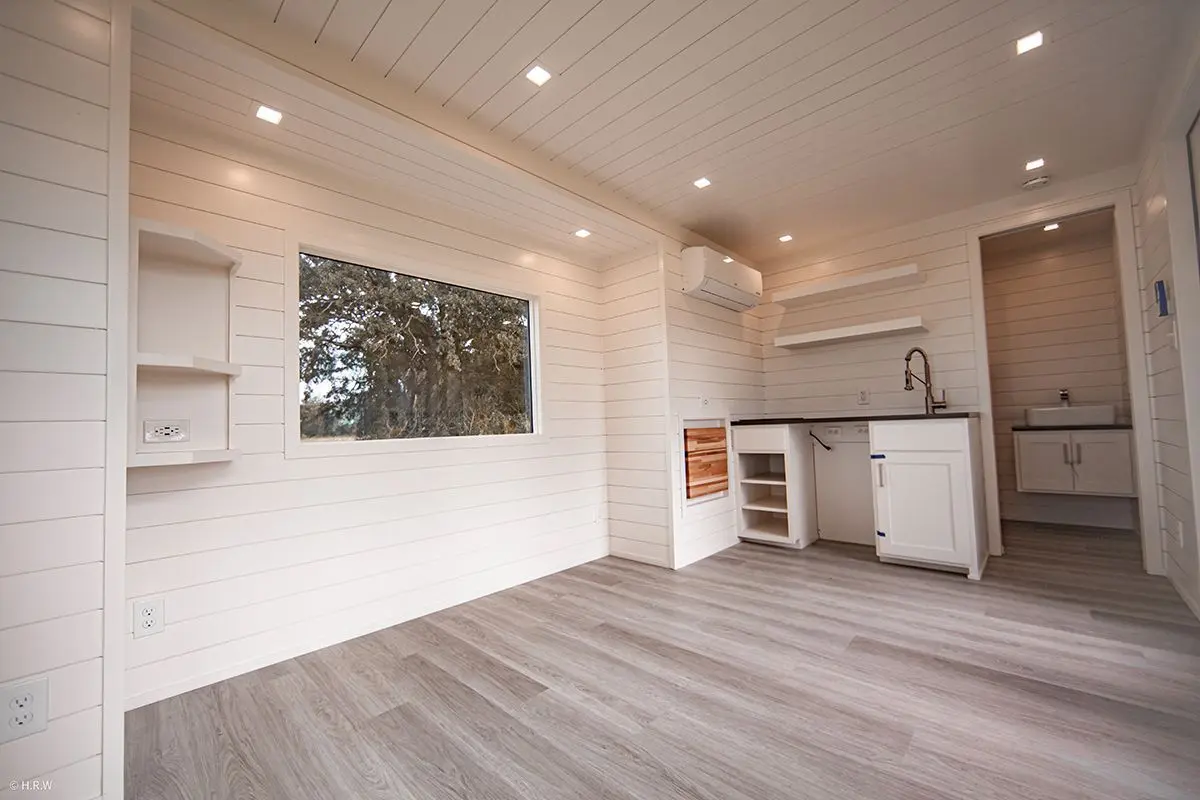
- Healthcare: Mobile clinics for remote areas.
- Education: Pop-up classrooms in underserved communities.
- Hospitality: Micro-cafés or glamping pods.
Conclusion
Container shops are more than a trend—they’re a testament to innovation in a dynamic marketplace. By combining mobility, efficiency, and sustainability, they offer a blueprint for businesses to thrive in an unpredictable world. As technology advances and consumer expectations shift, these modular spaces will continue to redefine commerce. The future of retail isn’t just about where you sell—it’s about how agilely you can adapt.



